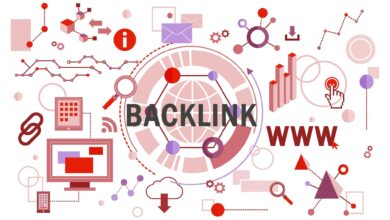What is digital marketing, and how does it differ from traditional marketing?
Digital Marketing

Introduction
In an age where the internet is the lifeblood of communication and commerce, digital marketing has emerged as a pivotal tool for businesses to engage with potential customers and drive growth. This blog aims to elucidate the concept of digital marketing, compare it with traditional marketing techniques, and assess its impact on business growth.
1. Understanding the Basics: What is Digital Marketing?
Digital marketing refers to the usage of digital channels, such as social media, email, search engines, and websites, to connect with current and prospective customers. In an era where individuals spend a significant portion of their day online, businesses can leverage digital marketing to extend their reach, create brand awareness, and generate leads on a scale that was previously unimaginable.
2. An Evaluation of Traditional Marketing Techniques
Traditional marketing techniques, which include advertising in print media like newspapers and magazines, as well as outdoor advertising on billboards and public transport, radio broadcasts, and television commercials, still command substantial marketing budgets. While these techniques have brand credibility and a broad reach, they lack the specificity, interactivity, and real-time feedback capabilities of digital marketing.
3. The Key Differences Between Digital and Traditional Marketing
In essence, digital marketing allows businesses to build a personal relationship with their audience at a fraction of the cost of traditional marketing. While traditional marketing remains largely one-directional with businesses broadcasting messages to their audience, digital marketing offers opportunities for two-way communication. Moreover, digital campaigns can be fine-tuned in real-time based on the responses and preferences of the target audience, offering unprecedented flexibility and efficiency.
4. Advantages and Disadvantages of Digital vs. Traditional Marketing
Both digital and traditional marketing have their strengths and weaknesses. Digital marketing’s key advantages include considerable ROI, interactivity, audience engagement, and data-driven insights. On the other hand, business owners and marketers need to grapple with issues such as data privacy and security, ad fraud, and keeping up with rapidly evolving technologic trends. Traditional marketing, though less targeted and interactive, continues to offer widespread reach and a sense of legitimacy.
5. Transformation in Marketing: Impact of Digital Marketing on Business Growth
The advent of digital marketing has transformed the marketing landscape, forcing businesses to adapt or risk losing to more digitally-savvy competitors. Digital marketing allows businesses to harness the vast scale and reach of the internet to target the right audience, engage them through personalized content, analyze their behavior, and adjust their strategy in real-time. In this way, digital marketing can significantly boost a company’s visibility and competitiveness, ultimately driving business growth.
Conclusion
As the marketing baton increasingly shifts from traditional to digital, understanding the nuances of both strategies can help a business shape its marketing strategy and achieve its growth targets effectively. Regardless of the approach, customer focus remains at the heart of successful marketing. adjust their strategy in real-time. In this way, digital marketing can significantly boost a company’s visibility and competitiveness, ultimately driving business growth. Conclusion As the marketing baton increasingly shifts from traditional to digital, understanding the nuances of both strategies can help a business shape its marketing strategy and achieve its growth targets effectively. Regardless of the approach, customer focus remains at the heart of successful marketing.





